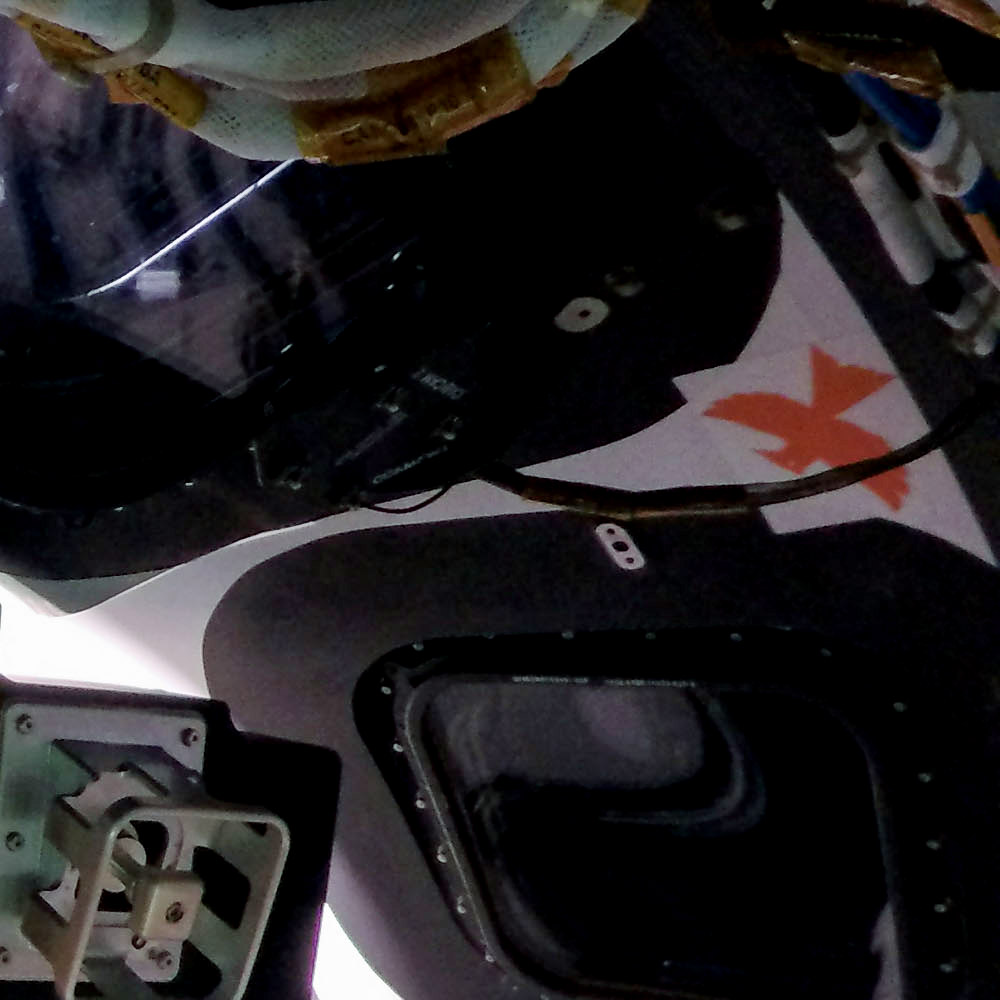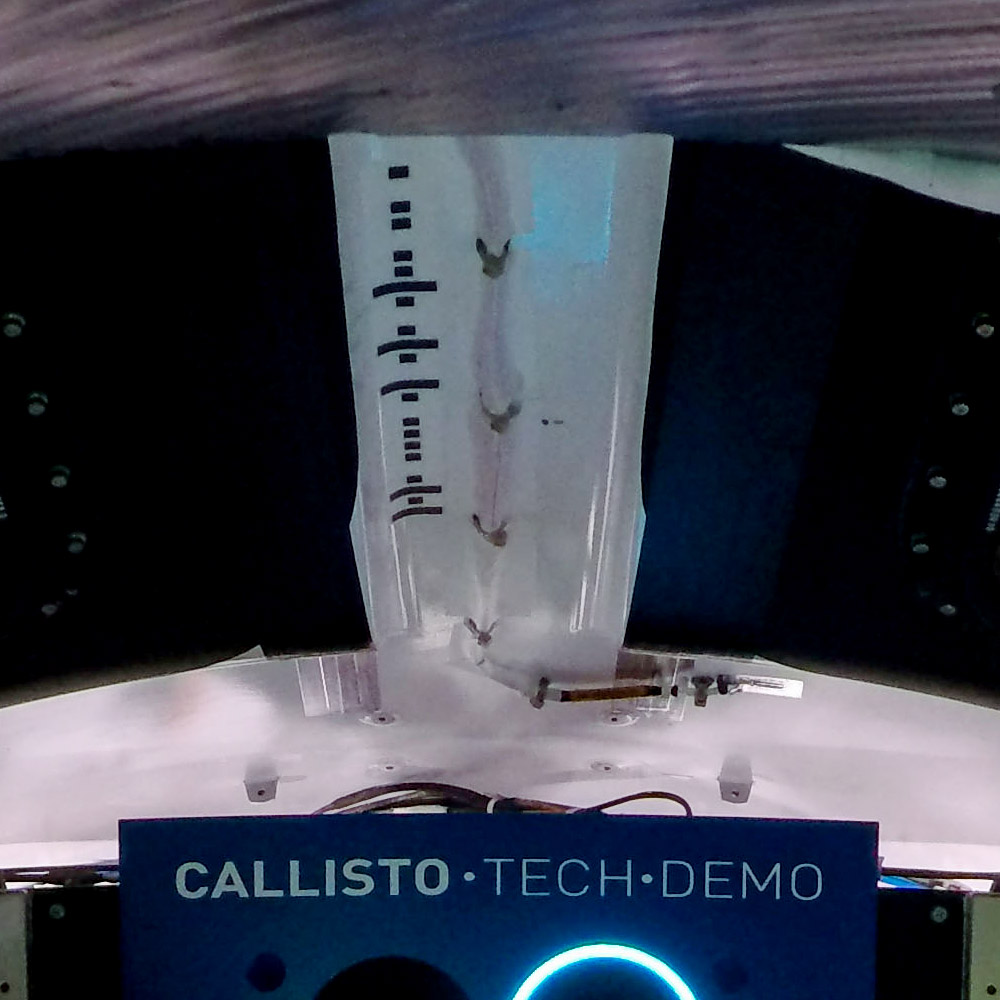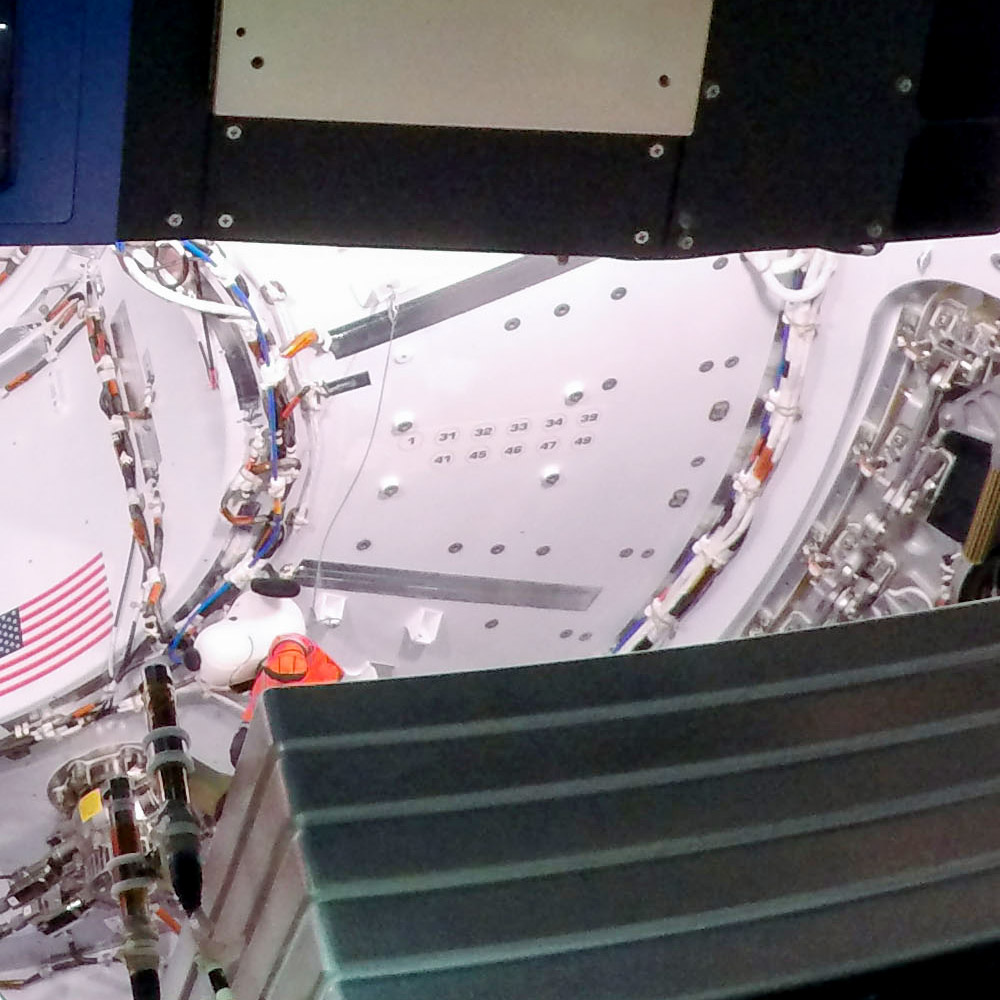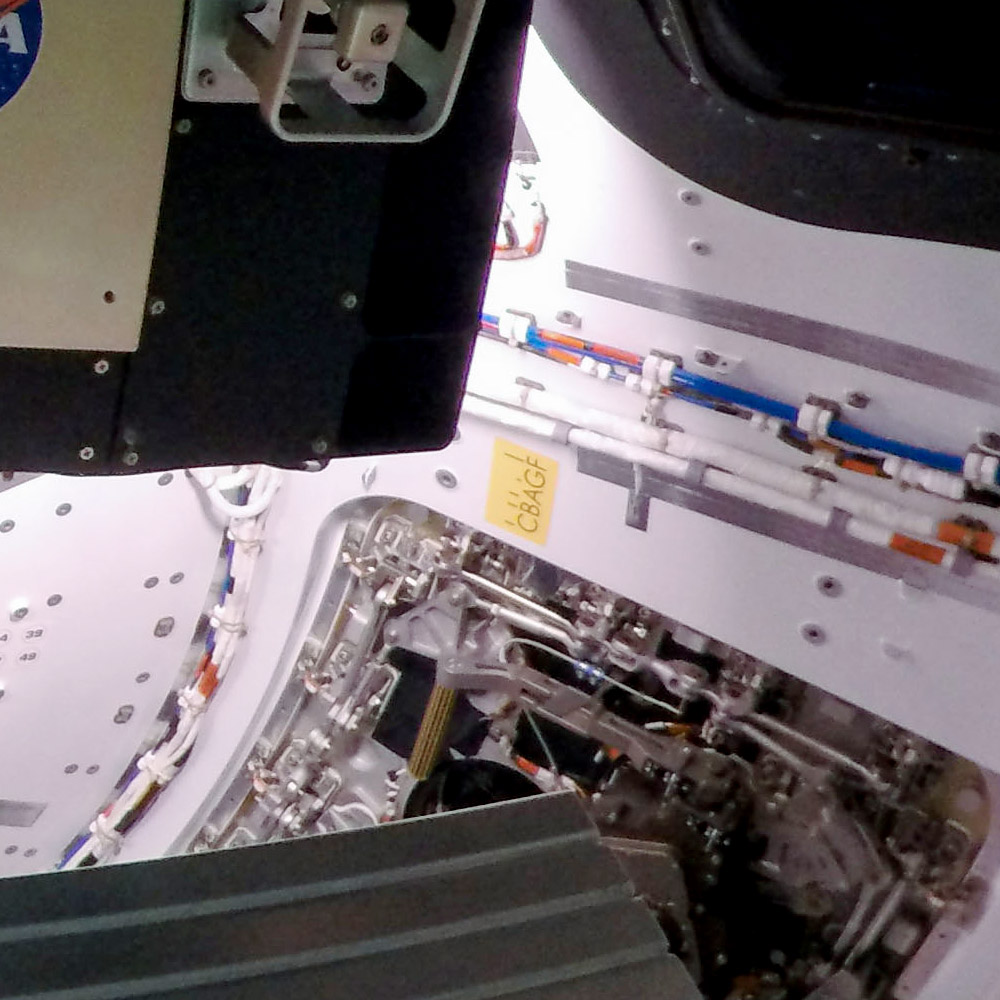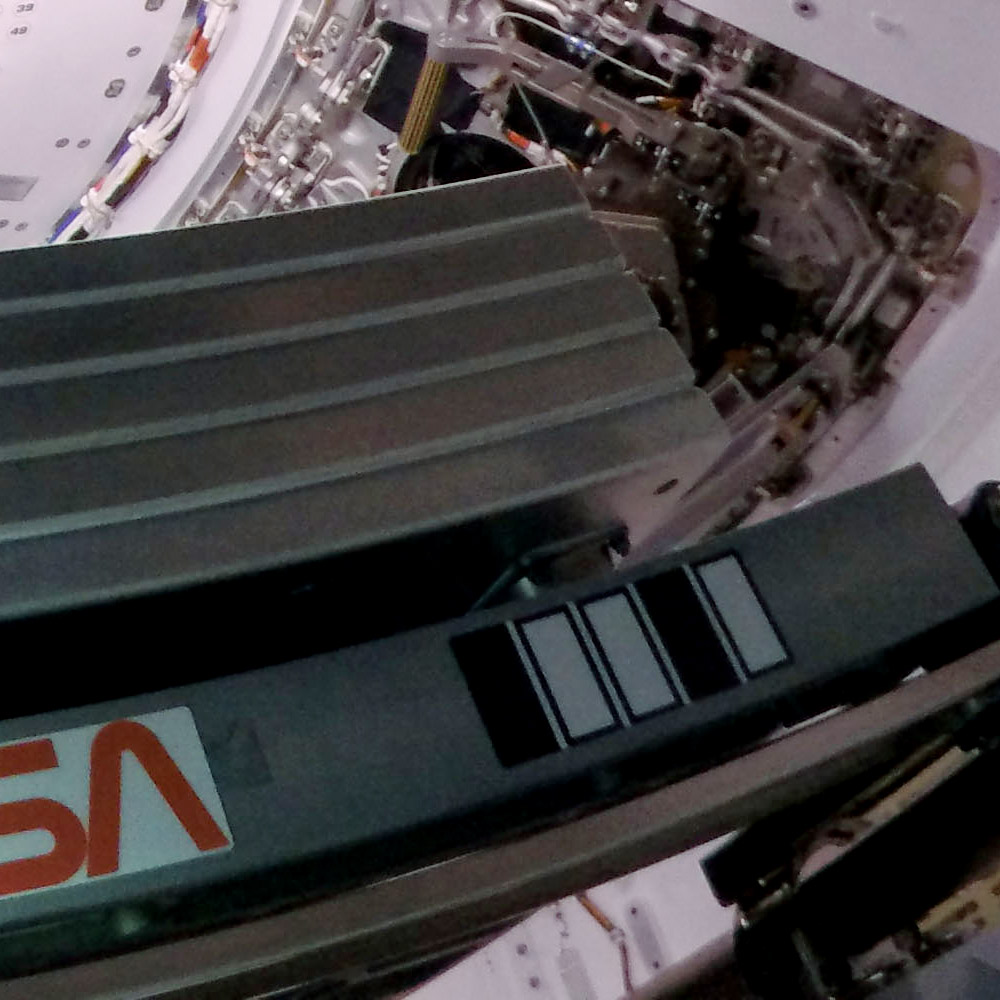While NASA’s Artemis I mission is uncrewed to give engineers an opportunity to test the Orion spacecraft in the harsh environment of deep space before astronauts begin flying to the Moon, the crew cabin is far from empty — data-collecting torsos and a manikin, deep space biology experiments, an official flight kit, a voice-activated technology demonstration, and a zero-gravity indicator, Snoopy, have all been along for the ride as the spacecraft ventured 270,000 miles from Earth. There are also several extras placed inside Orion’s cabin for other reasons, from lasting tributes to colleagues, to nods to NASA’s Apollo history, and even puzzles with a hidden meaning, commonly known as “Easter eggs.”
While many of the payloads aboard Orion will help NASA learn how to protect future astronauts and learn about the effects of deep space, and the flight kit items will help provide educational or cultural engagement, adding extras is a tradition that dates back to early space exploration.
Mementos and hidden messages have become a mainstay. On Voyager 1 and 2, The Golden Record on board contains sounds and images from Earth for potential distant spacefarers who might find the spacecraft. Mars rovers Opportunity and Spirit carried metal from the wreckage of the Twin Towers on 9/11, and Spirit also carried a memorial to the crew of the space shuttle Columbia. More recently, NASA’s Perseverance Rover carried a variety of objects, from commemorative placards to a binary puzzle designed into the parachute fabric.
For Artemis I, Orion has five hidden messages placed around the crew cabin:
An image of a cardinal above the window to the right of Orion’s pilot seat is a tribute to former Orion Program manager, Johnson Space Center director, and devout St. Louis Cardinals fan Mark Geyer, who died in 2021. Geyer was the first program manager for Orion, including during its successful Exploration Flight Test-1 in 2014, before leading Johnson.
Located above the Callisto voice-activated technology demonstration in the middle of the cabin, a morse code symbol for “Charlie” commemorates the life of former Orion Deputy Program Manager Charlie Lundquist, who died in 2020. Lundquist worked in the Orion Program between 2008 and his passing, playing an instrumental role in Orion’s development.
As a testament to Orion’s international partnership with ESA (European Space Agency), the country codes of each country that participated in developing and building the spacecraft’s European Service Module can be found directly in front of the pilot’s seat and below the Callisto payload. The countries include the United States, Germany, Italy, Switzerland, France, Belgium, Sweden, Denmark, Norway, Spain, and The Netherlands.
On the starboard or right side of the spacecraft, next to the pilot seat and below one of the windows, are the letters “CBAGF.” Those familiar with reading music may recognize them as notes to the song “Fly Me to the Moon.” Frank Sinatra’s 1964 version was associated with the Apollo missions to the Moon.
Binary code for the number 18 is located on the top of the pilot’s seat, to the right of the NASA worm logo. This is to honor NASA’s history of travel to the Moon with the Apollo Program and to celebrate a human spacecraft’s return to the Moon after Apollo 17 for the Artemis Generation.
Orion is set to splashdown in the Pacific Ocean on Sunday, Dec. 11. Artemis I is a mission testing the Orion spacecraft in the extreme environment of deep space around the Moon before flying astronauts on Artemis II. Through Artemis, NASA will land the first woman and first person of color on the lunar surface.
Erika Peters
NASA’s Johnson Space Center





























